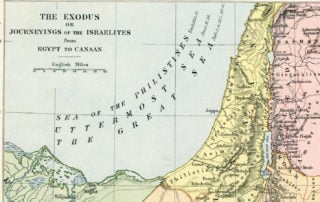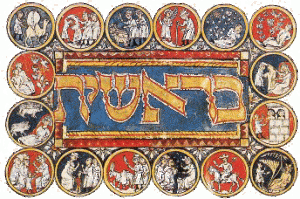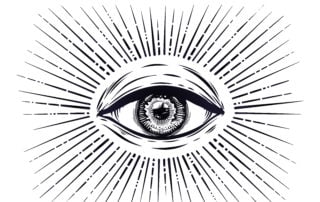My Name Is G‑d, and I Am Pleased to Make Your Acquaintance
In the beginning, G‑d created the heaven and the earth...[1] (Genesis 1:1) Classical biblical commentators have given the first words of the Torah many different translations and have interpreted them to have many different meanings. That said, one simple aspect has received little attention—that G‑d is introducing Himself to us. If we take poetic license and change the order of the words, the first phrase in the Torah could be loosely translated as: “[My name is] G‑d—[Who], in the beginning, created the heaven and the earth.” G‑d is introducing Himself to us as the Creator of everything—heaven (i.e., the spiritual) and earth (i.e., the material). This interpretation of the first verse in the Torah may be helpful for the following reason. In truth, G‑d is entirely unknowable. The Creator of everything, including [...]






